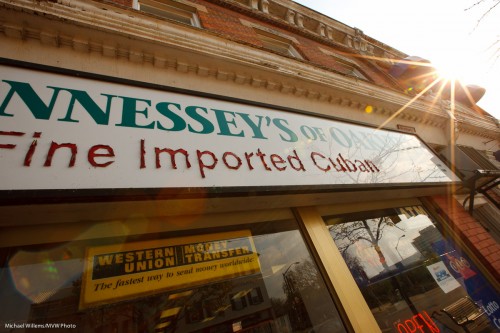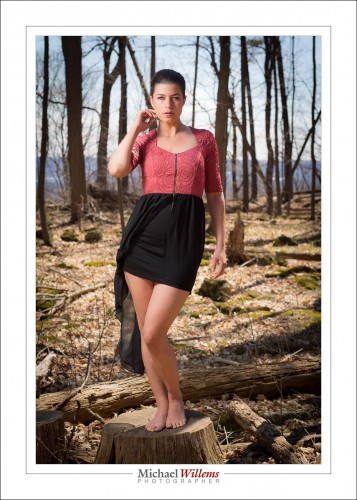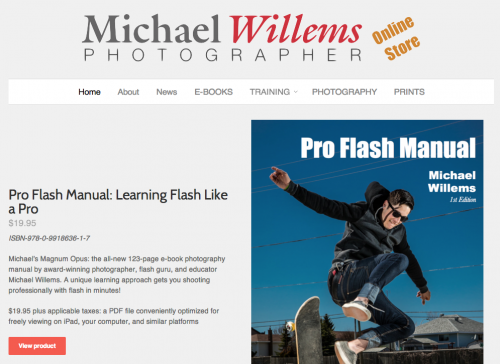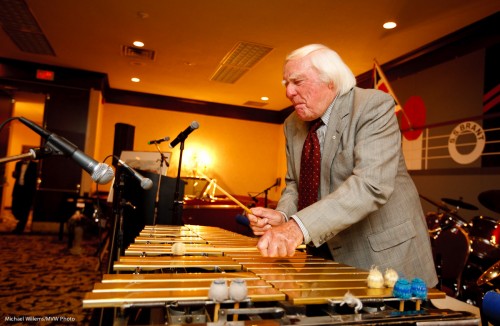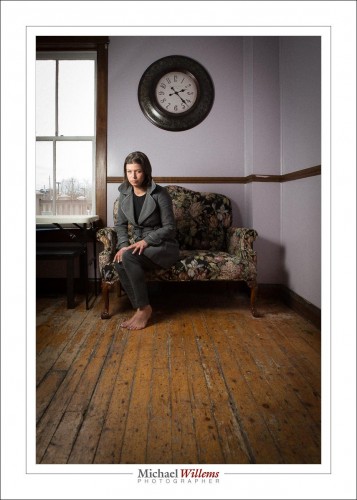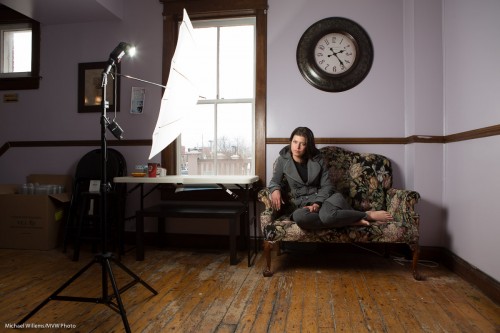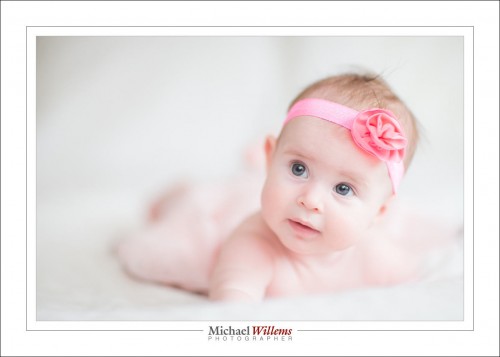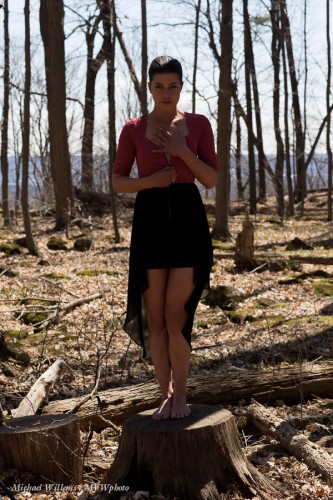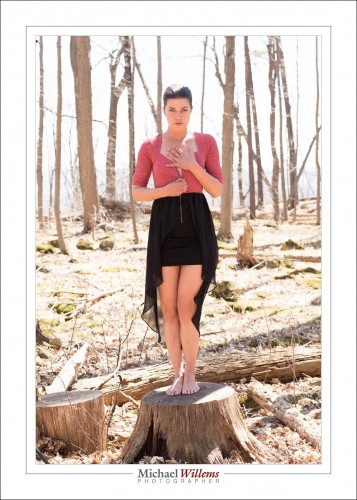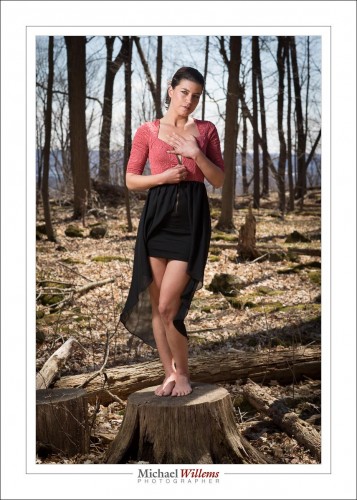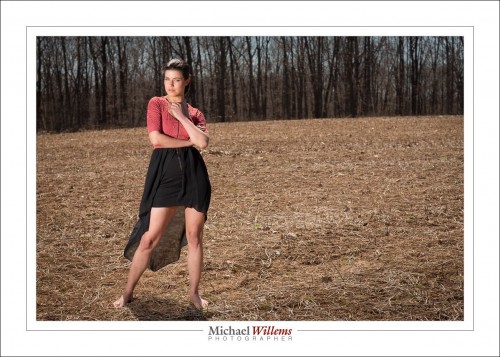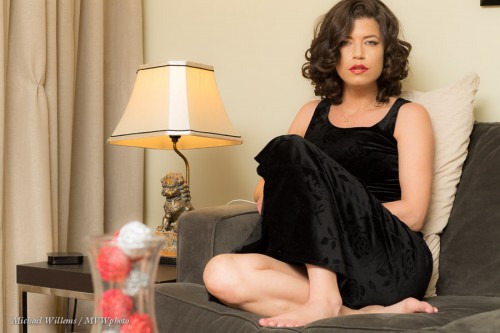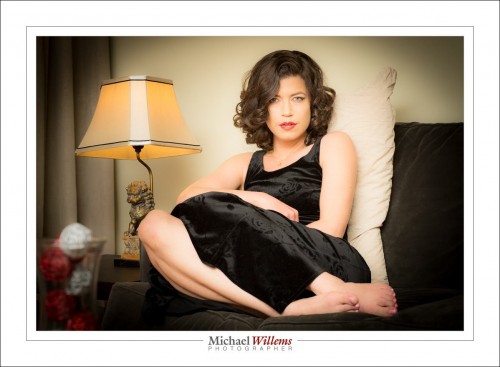How do you create a “star burst” effect, like this, top right?
You will want to edge or window the sun or light. But the most important technique is very simple: use a small aperture (a high “f-number”). I used f/22 in this shot (and that gave me 1/50th second at 200 ISO). During the day, that’s all very well, but at night you need to make a conscious effort to get to a small aperture. Meaning, you will need to use a tripod.
In addition, you probably want to avoid to much flare. Take off any filters you have in the front of the lens. “Protection”, “UV”, etc filters introduce extra flare when conditions are tough, like here.
Also, make sure your lens is clean.
Yet another few little factoids to store away in your knowledge base.
Stick around with me and I promise many more – and for new readers, do consider reading the entire archive here – or quicker, come in for a course or coaching session. Remember: photography is time travel. Capture a moment, or lose it.

